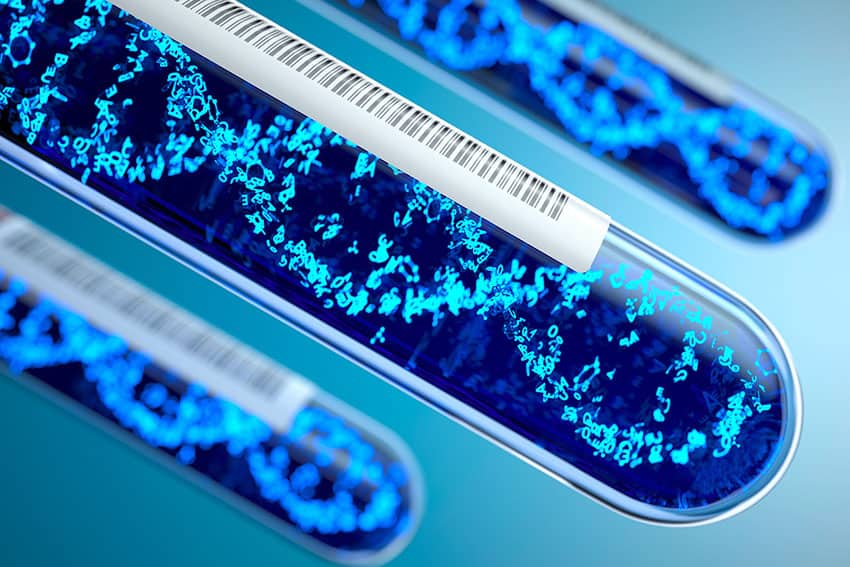How mRNA Works
 In a WSJ column titled “The Vast Promise of mRNA Technology, ” Allysia Finley explains some principles that are basic and simple, yet to me vastly and almost ridiculously hard to understand. But it’s such a big part of the future, from medical to security, to longevity, it is something we should have a rudimentary understanding of. Herewith are some quotes about this topic from the article.
In a WSJ column titled “The Vast Promise of mRNA Technology, ” Allysia Finley explains some principles that are basic and simple, yet to me vastly and almost ridiculously hard to understand. But it’s such a big part of the future, from medical to security, to longevity, it is something we should have a rudimentary understanding of. Herewith are some quotes about this topic from the article.
“The Omicron variant is an example of mRNA’s promise and adaptability. Omicron has some 30 mutations on its spike protein that could make it harder for vaccine-induced antibodies to recognize and neutralize the virus. But mRNA vaccines can be reformulated for the new variant. BioNTech and Pfizer say that they could begin shipping vaccines that target Omicron within 100 days if protection from their existing vaccines declines substantially against this new variant.
“With mRNA, vaccine makers only need about six weeks to adapt a shot and then take it from the lab to production. Messenger RNA delivers the genetic code instructing human cells how to create a protein–in this case, the coronavirus spike, which binds to the ACE2 receptor on human cells. The mRNA is enveloped in lipid nanoparticles, which are fatty blobs that protect the genetic motherload from degradation and facilitate its entry into cells. Once the mRNA is injected human cells become vaccine mini-factories that churn out pseudovirus particles, which in turn prompt the immune system to produce antibodies that respond when confronted with the real thing.”
One key person in all of this research and innovation is Katalin Kariko, who was born in Hungary and has developed some huge breakthroughs with BioNTech, and she explained what else she is working on.
“BioNTech’s main focus is cancer. It has 21 mRNA products in its clinical pipeline that use 11 different approaches to killing cancer cells. One of Ms. Kariko’s first projects at BioNTech involved injecting mRNA coding for cytokines–proteins that control the immune response–into the surface of a tumor. That makes ‘the cold tumor hot, so that immune cells migrate there so they can see the metastatic tumor there and kill it.”
Another approach involves personalizing the therapies. “We identify the mutations and use machine learning to select those mutations that are the best suited to detect the patient’s tumor. And then we prepare mRNA for the patient. We can do this in six weeks.”
